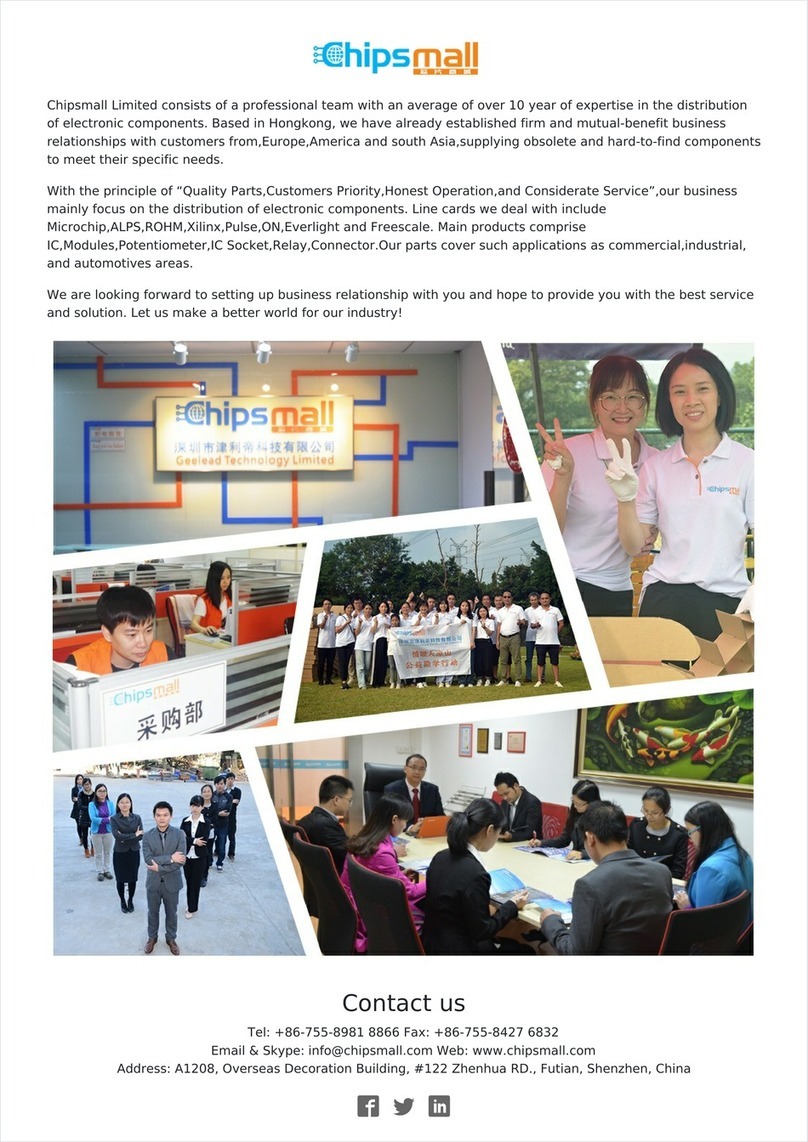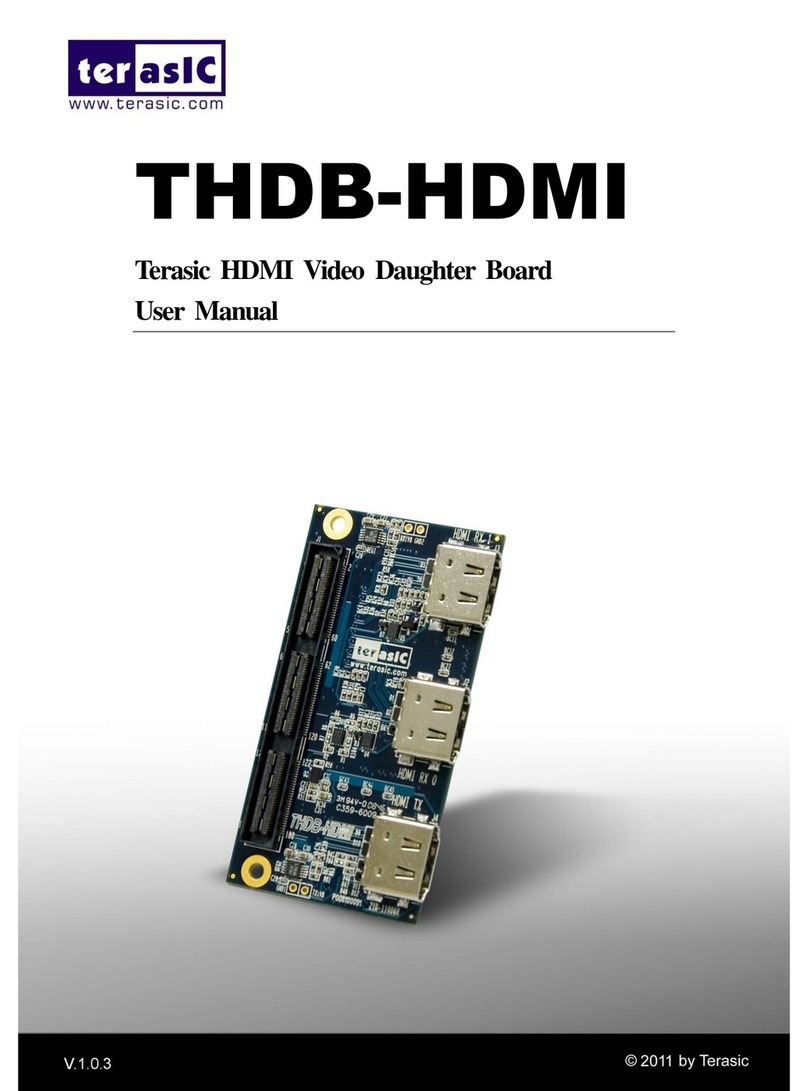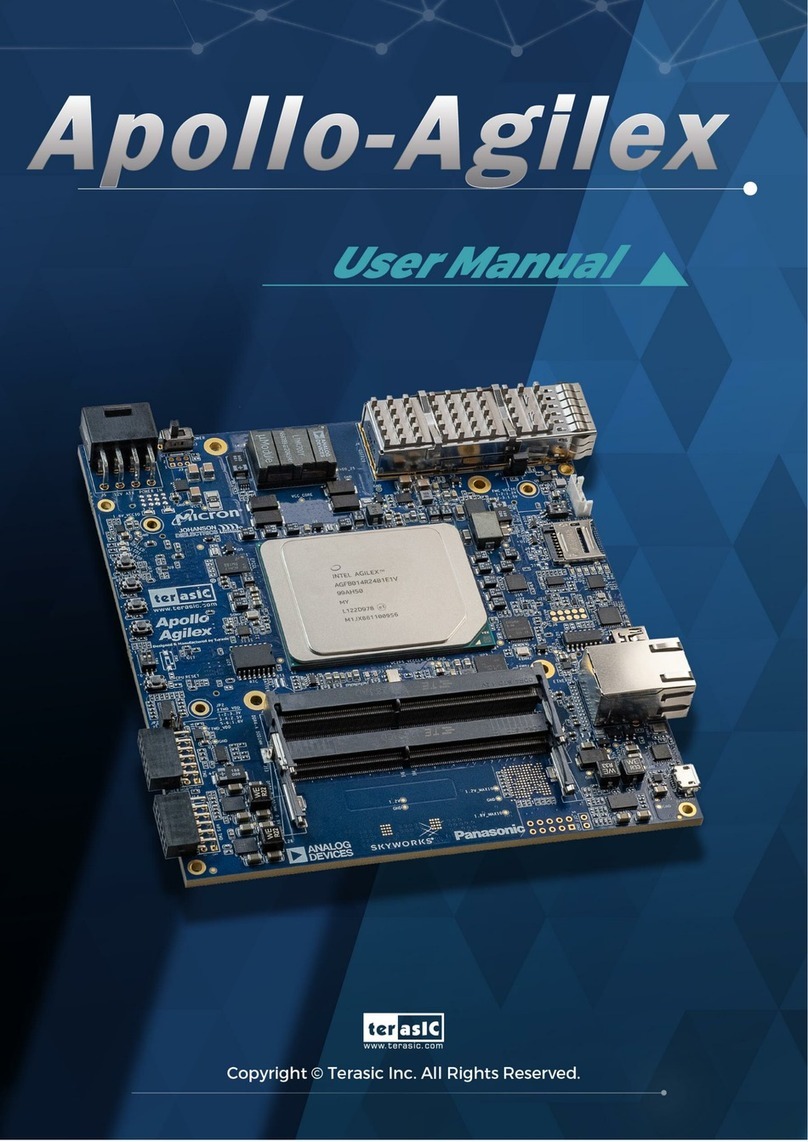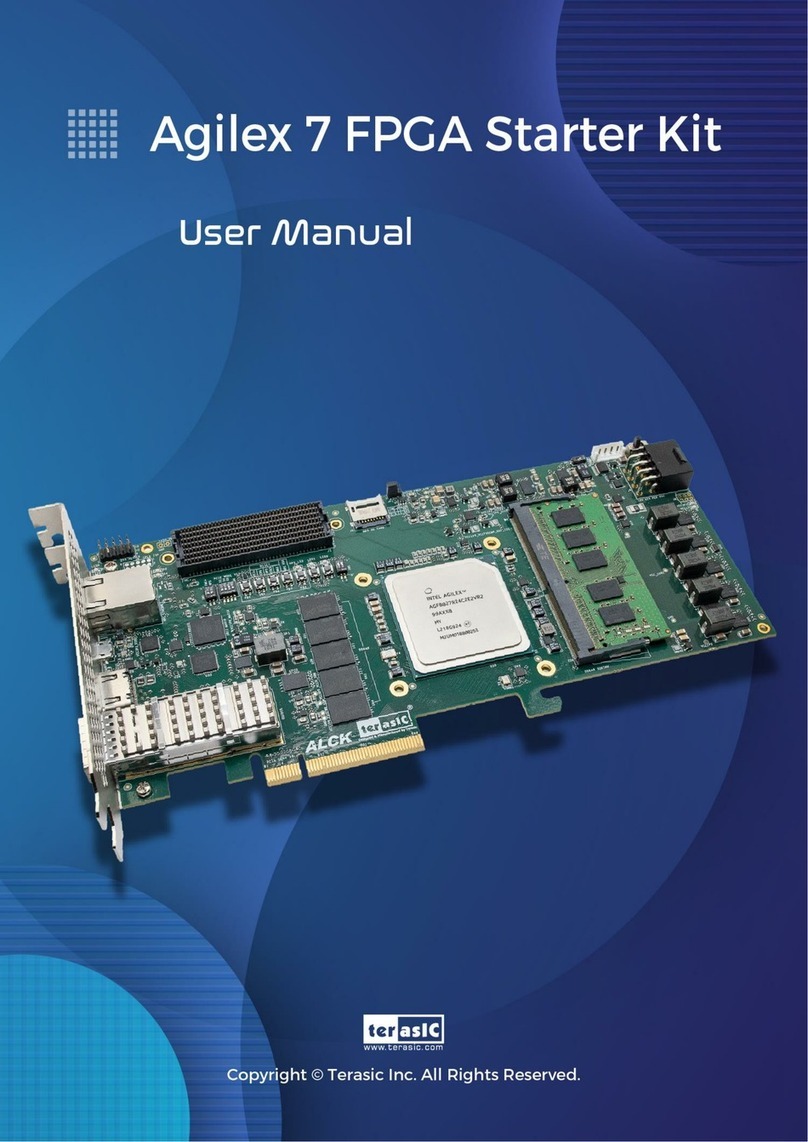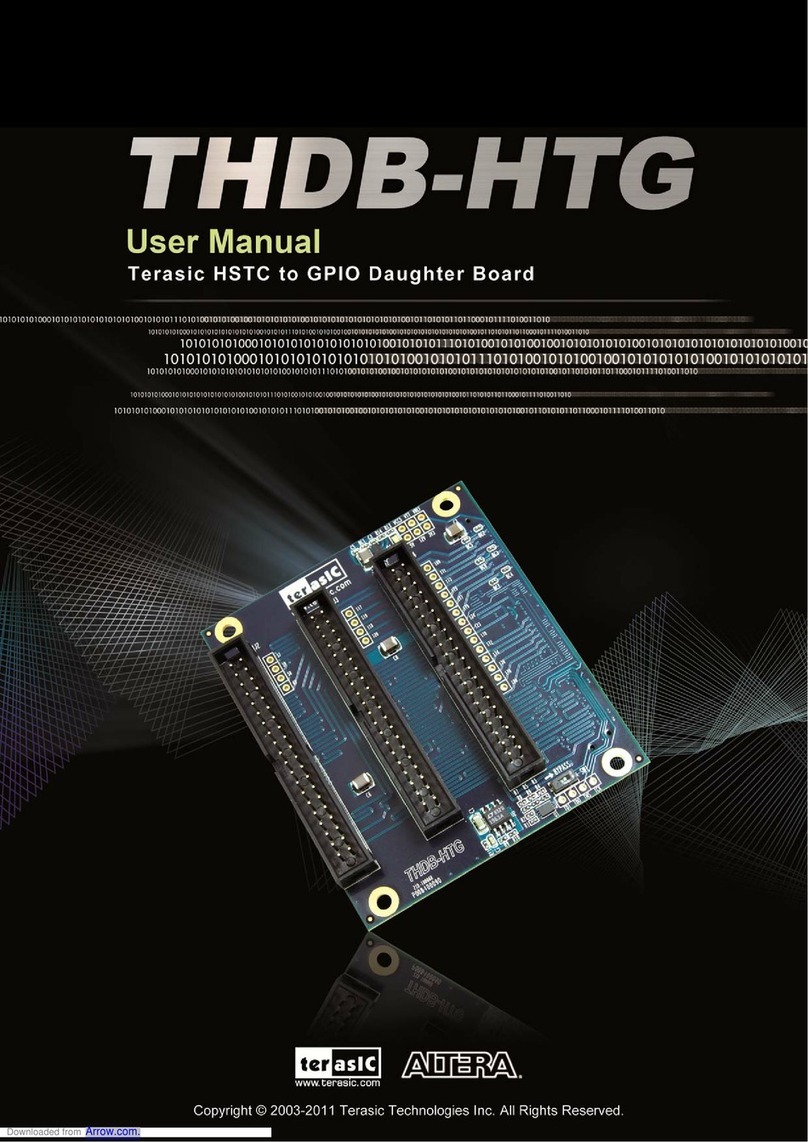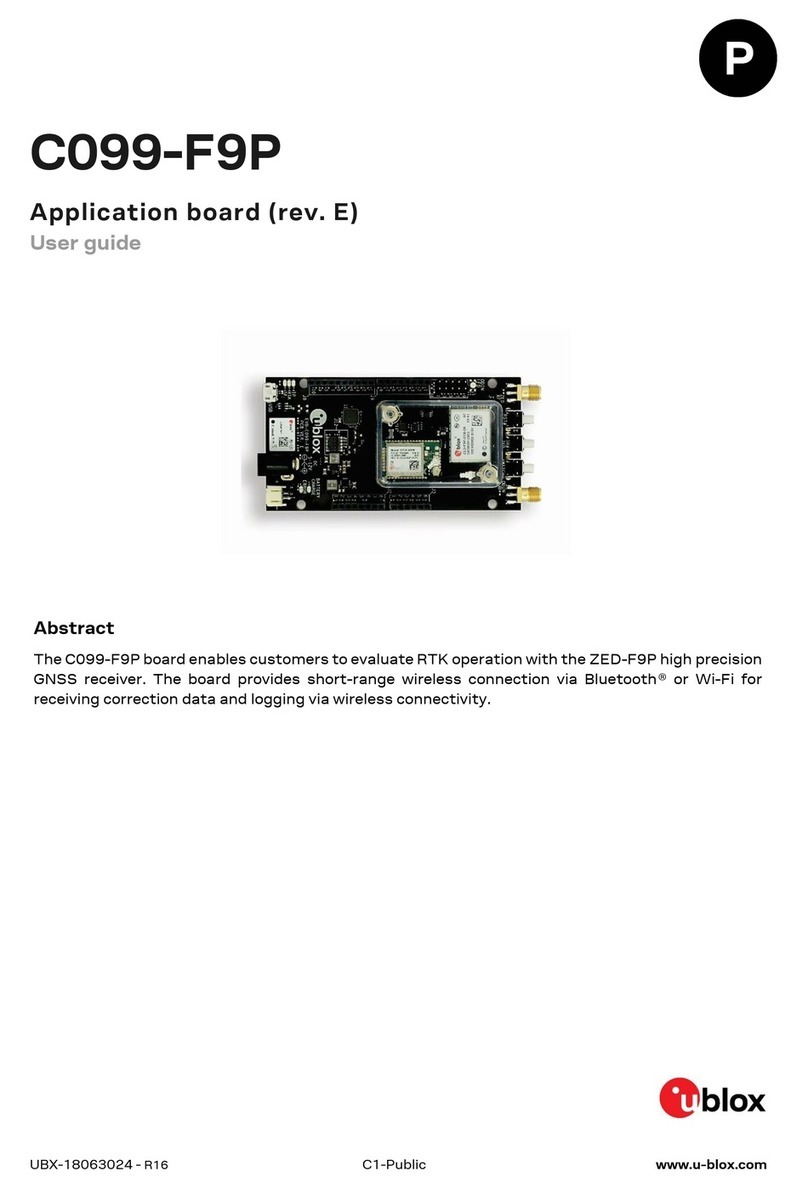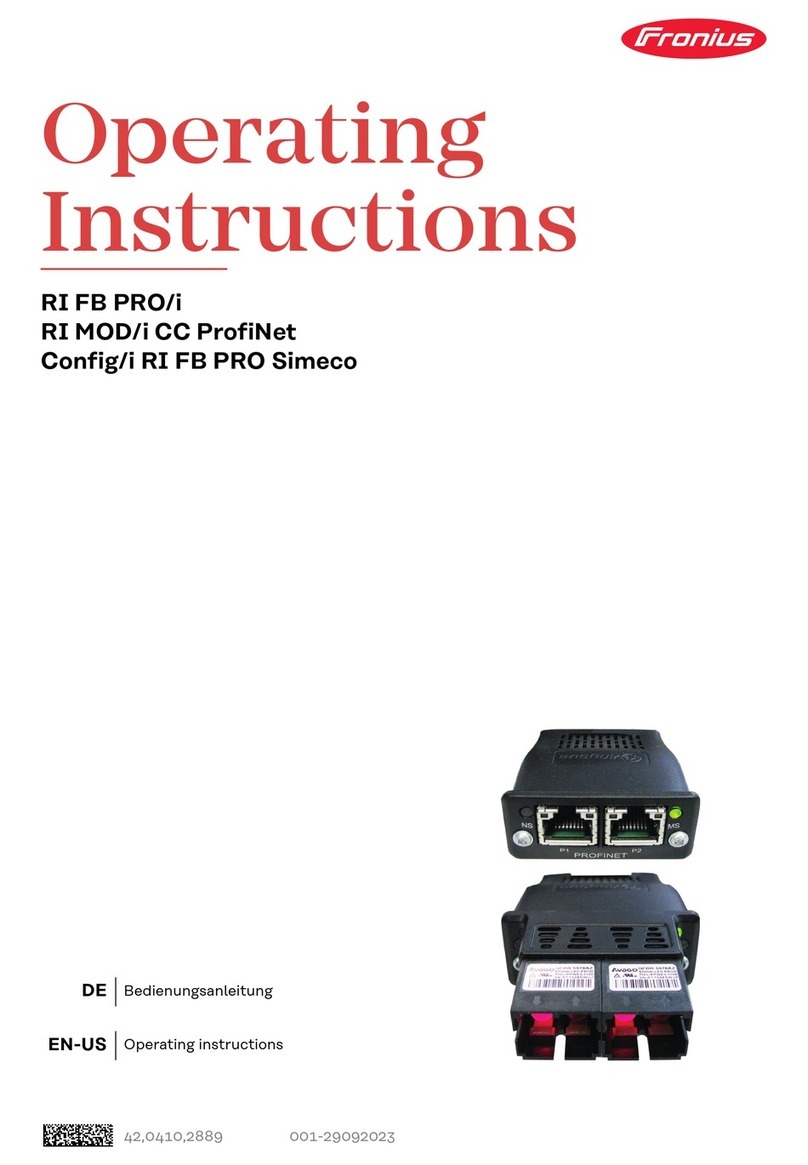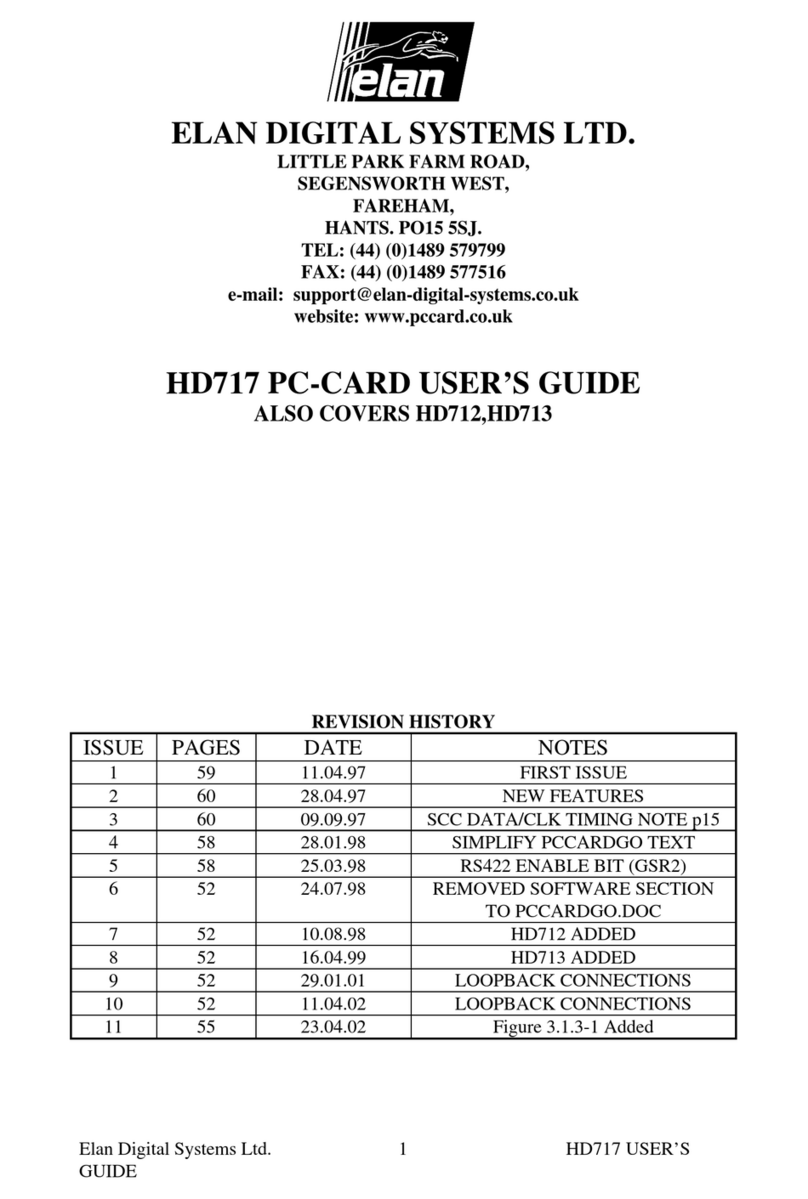Terasic AHA-HSMC User manual




















Table of contents
Other Terasic Computer Hardware manuals
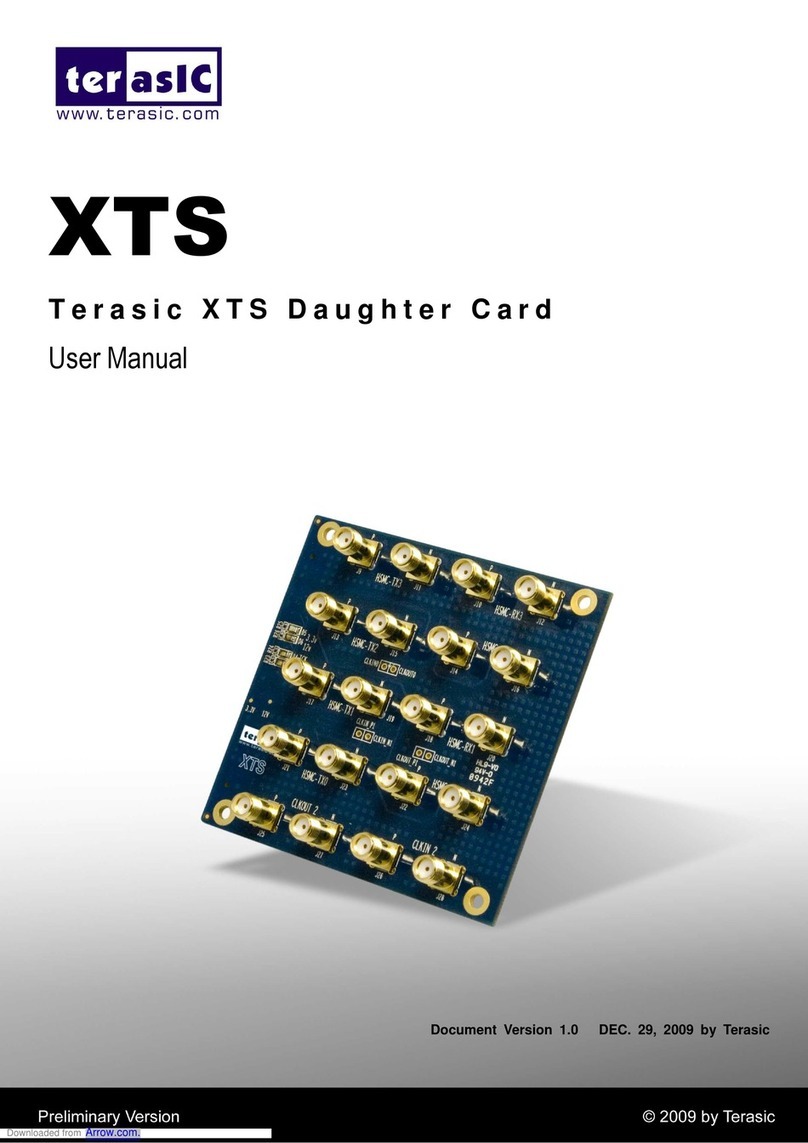
Terasic
Terasic XTS User manual
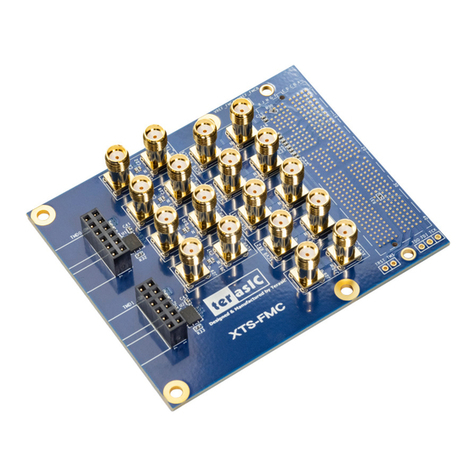
Terasic
Terasic XTS-FMC User manual
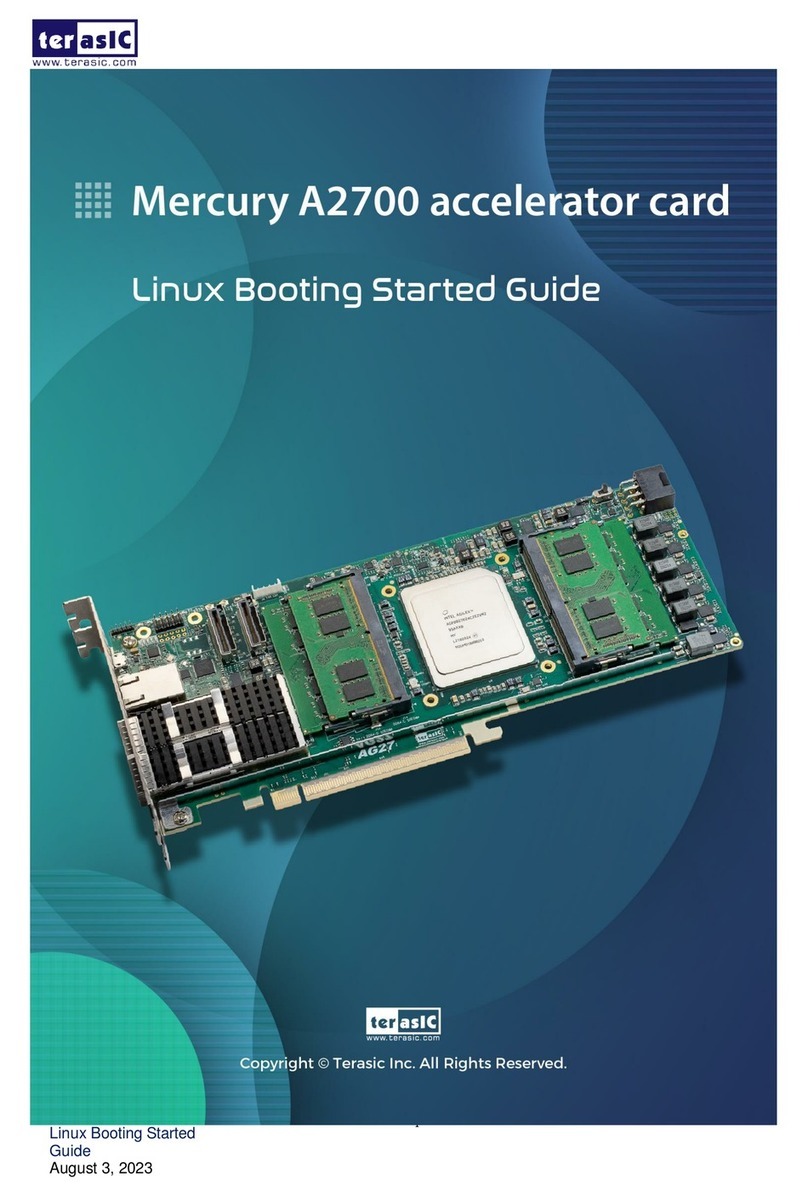
Terasic
Terasic Mercury A2700 User manual
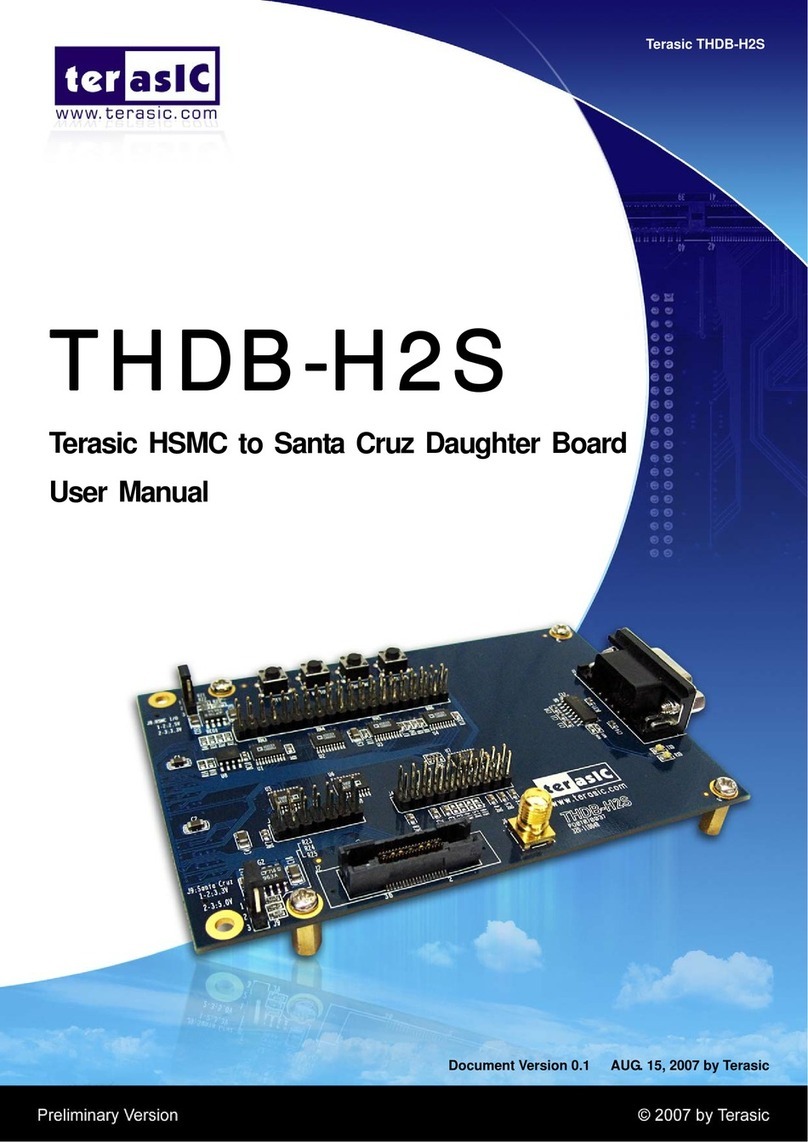
Terasic
Terasic THDB-H2S User manual
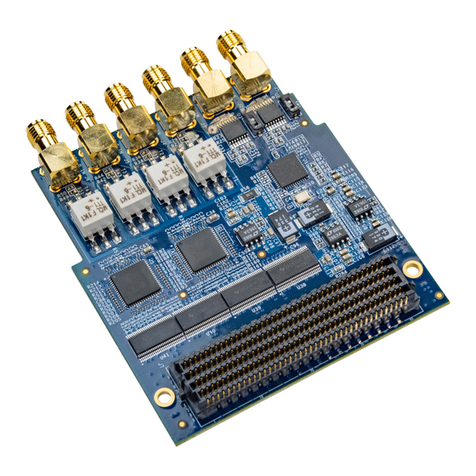
Terasic
Terasic ADC-FMC User manual

Terasic
Terasic DE10-Agiles User manual
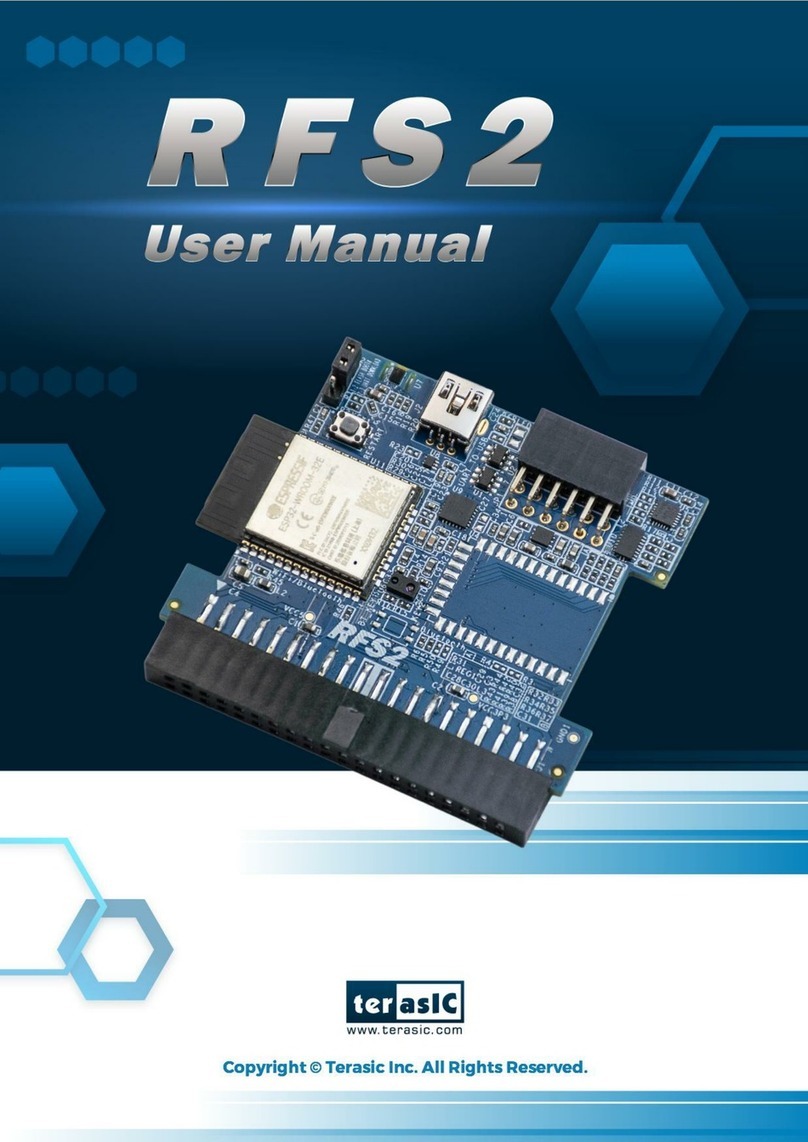
Terasic
Terasic RFS2 User manual
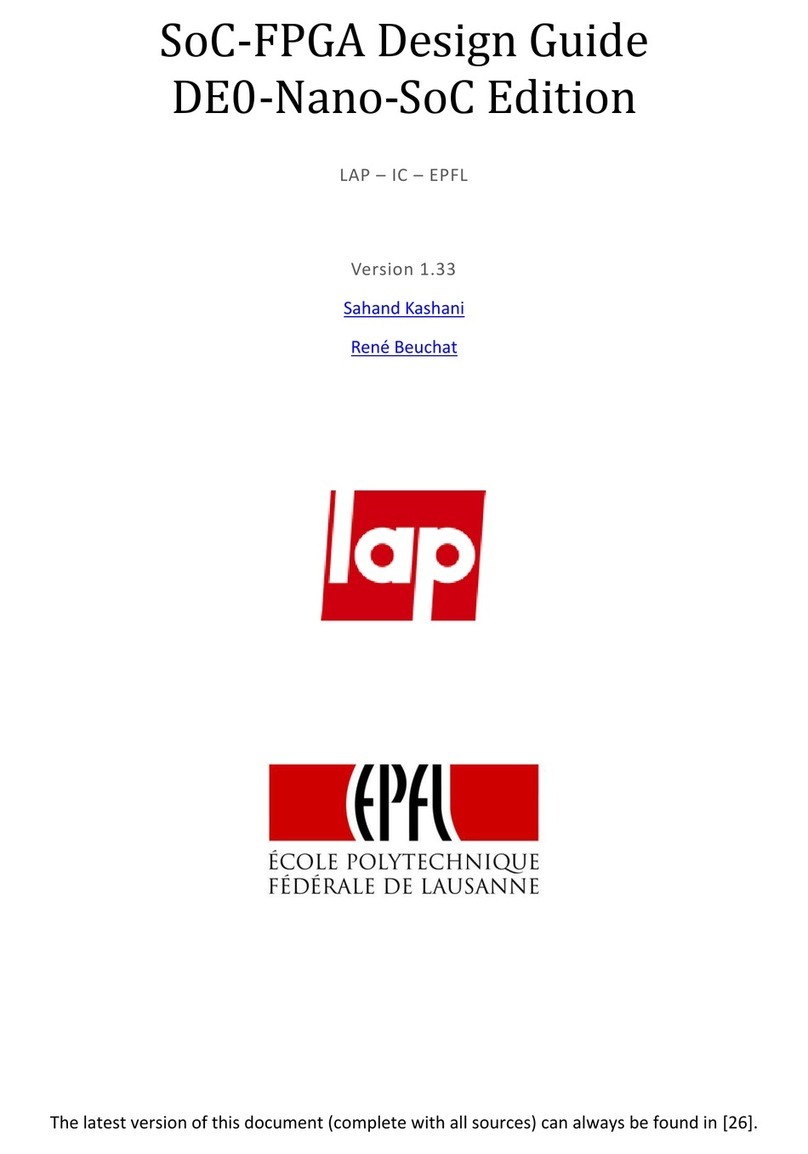
Terasic
Terasic DE0-Nano-SoC Guide
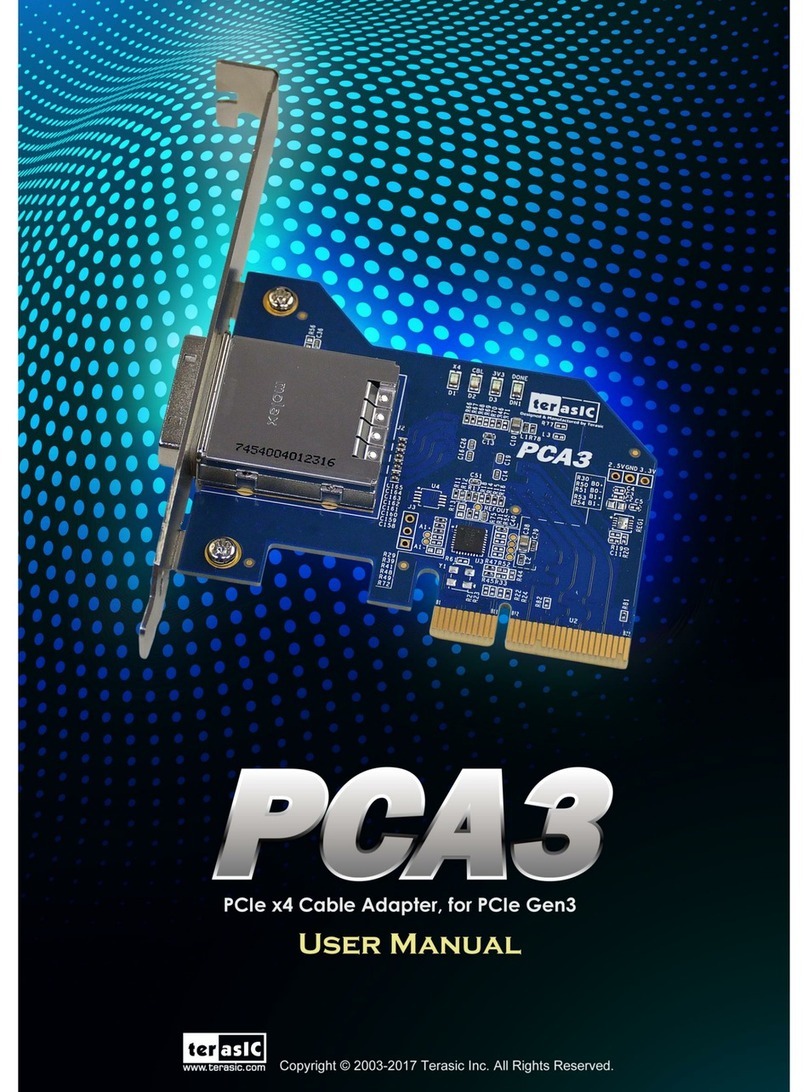
Terasic
Terasic PCA3 User manual
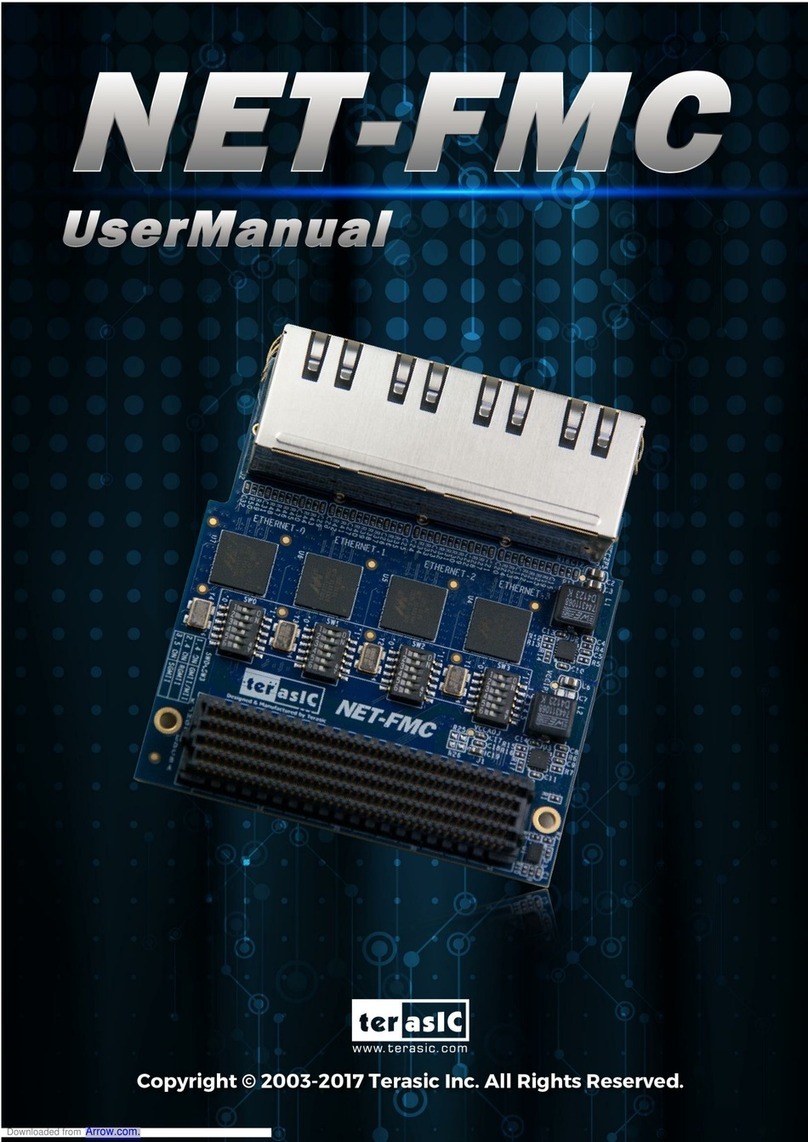
Terasic
Terasic NET-FMC User manual
Popular Computer Hardware manuals by other brands
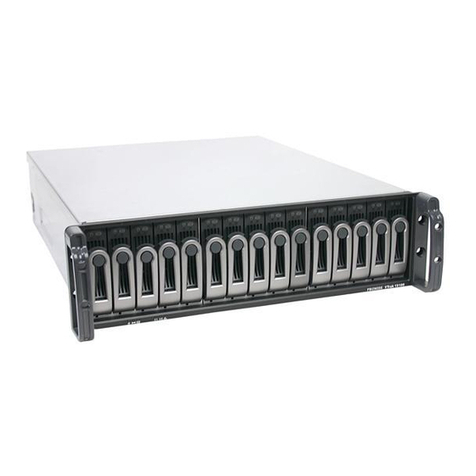
Promise
Promise VTRAK 15100 quick start guide
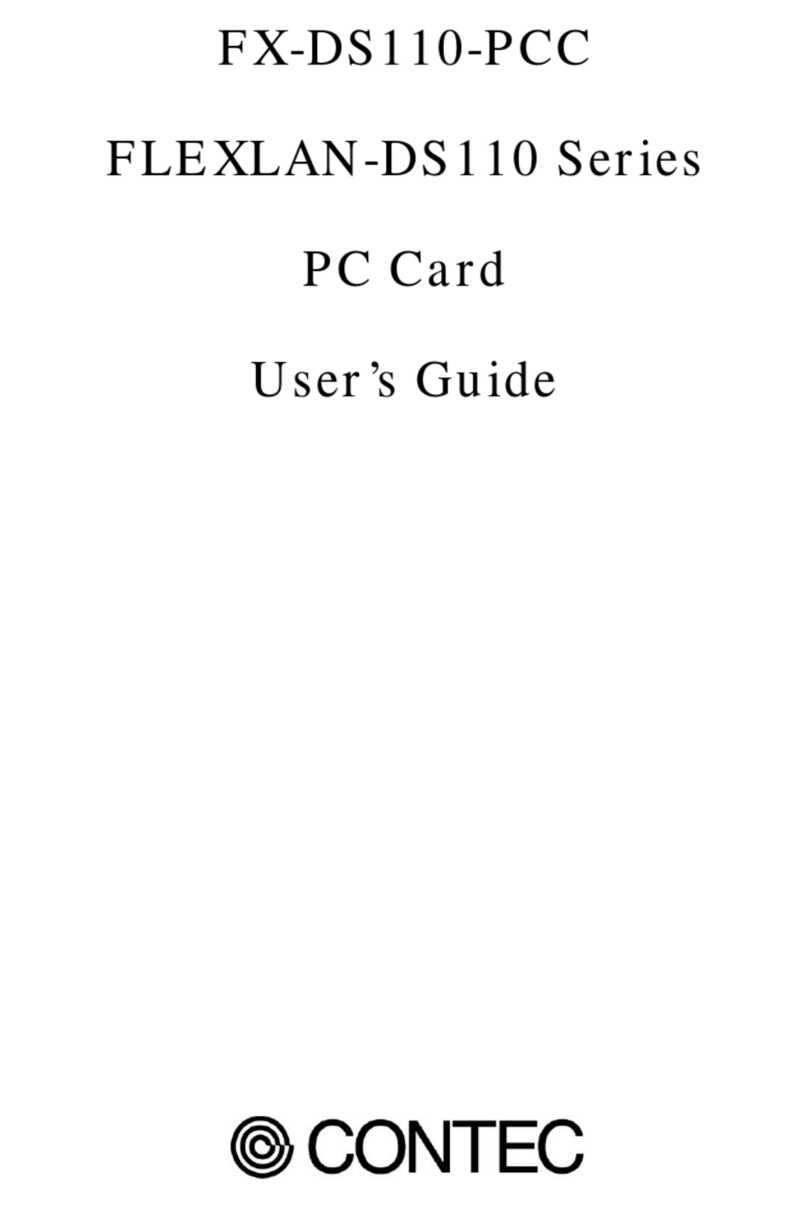
Contec
Contec Flexlan PC Card FX-DS-110 user guide

Corsair
Corsair H80i Quick start quide
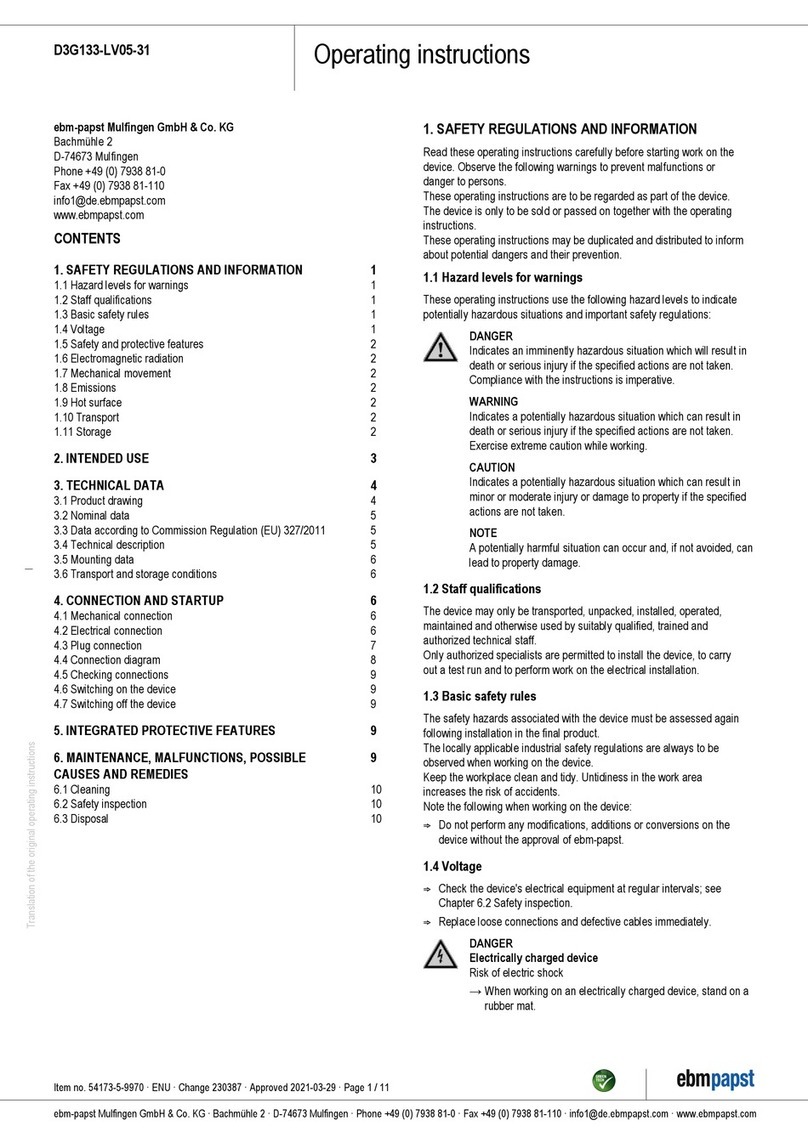
Ebmpapst
Ebmpapst D3G133-LV05-31 operating instructions
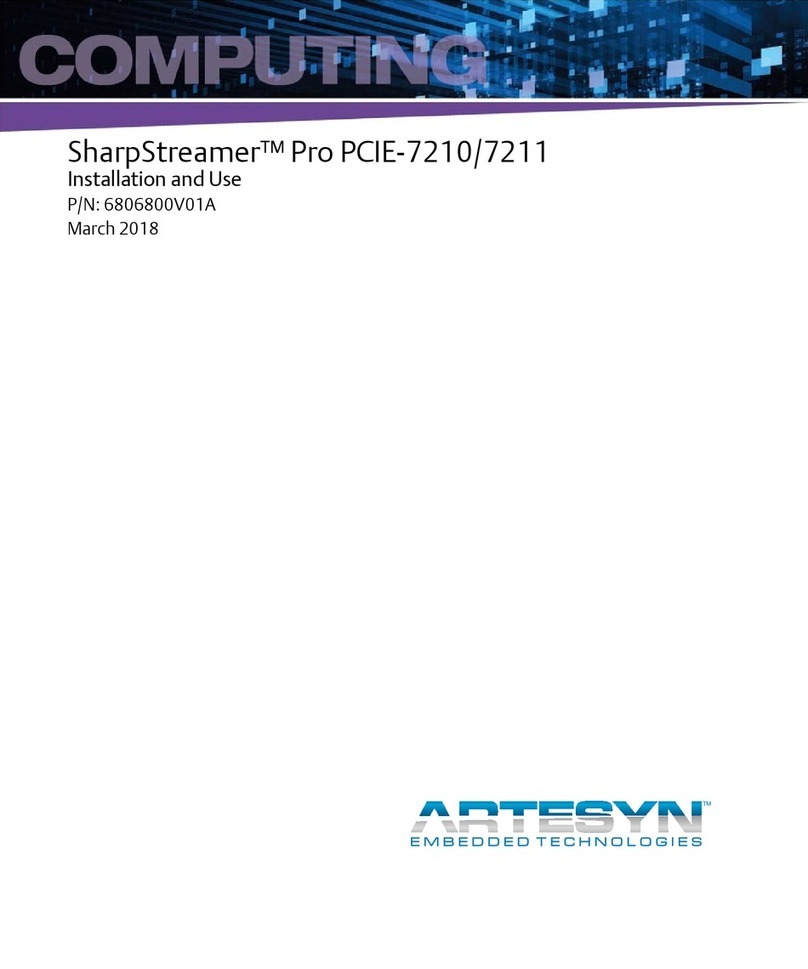
ARTESYN EMBEDDED TECHNOLOGIES
ARTESYN EMBEDDED TECHNOLOGIES SharpStreamer Pro PCIE-7210 Assembly, Installation and Use
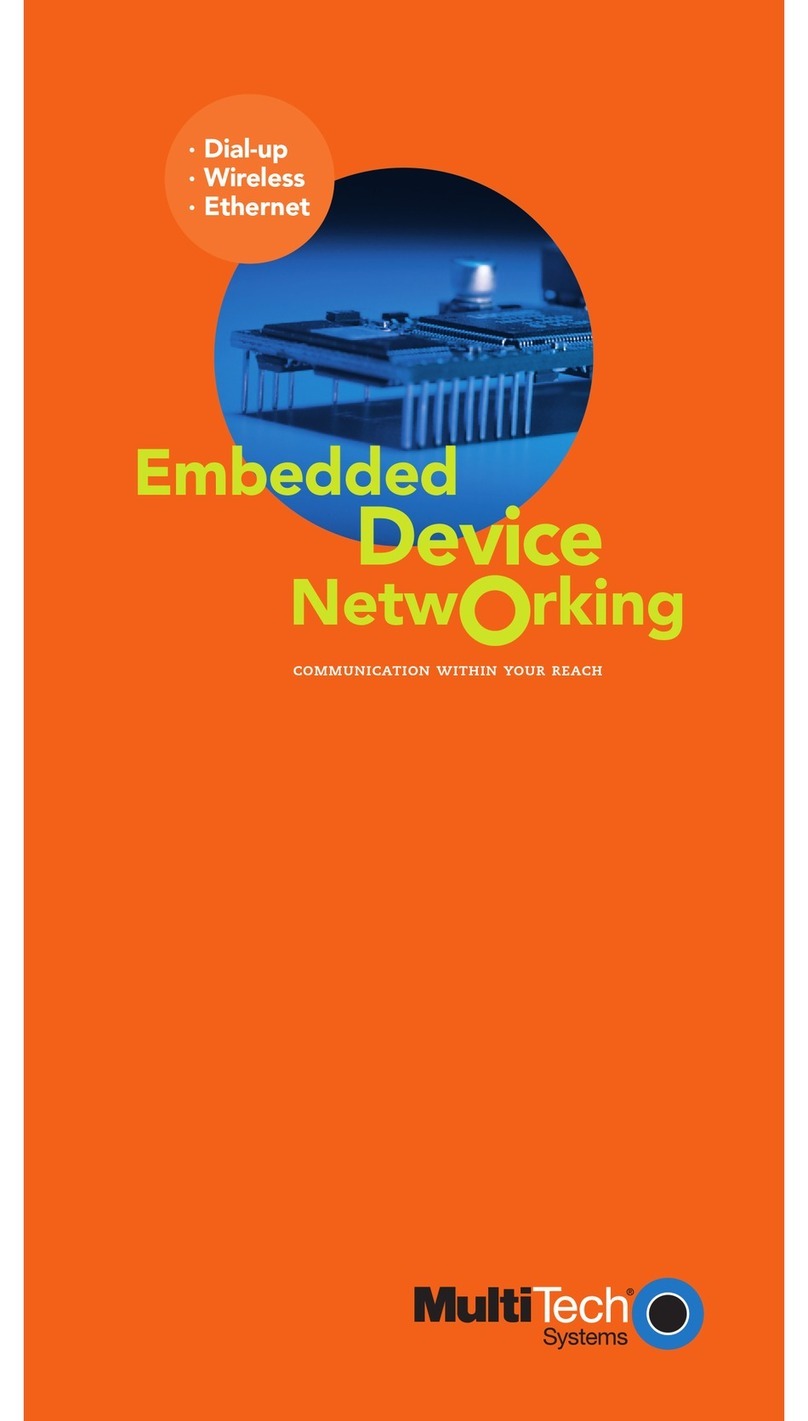
Multitech
Multitech MT5600SMI brochure
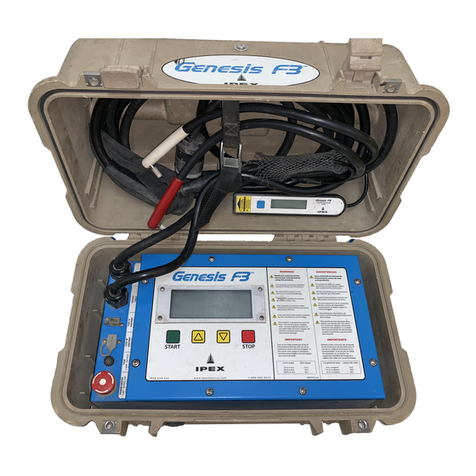
IPEX
IPEX Genesis F3 Operator's guide

Power bass
Power bass PB-DBR1 owner's manual

Multitech
Multitech MultiModem ISI5634UPCI-4 quick start guide
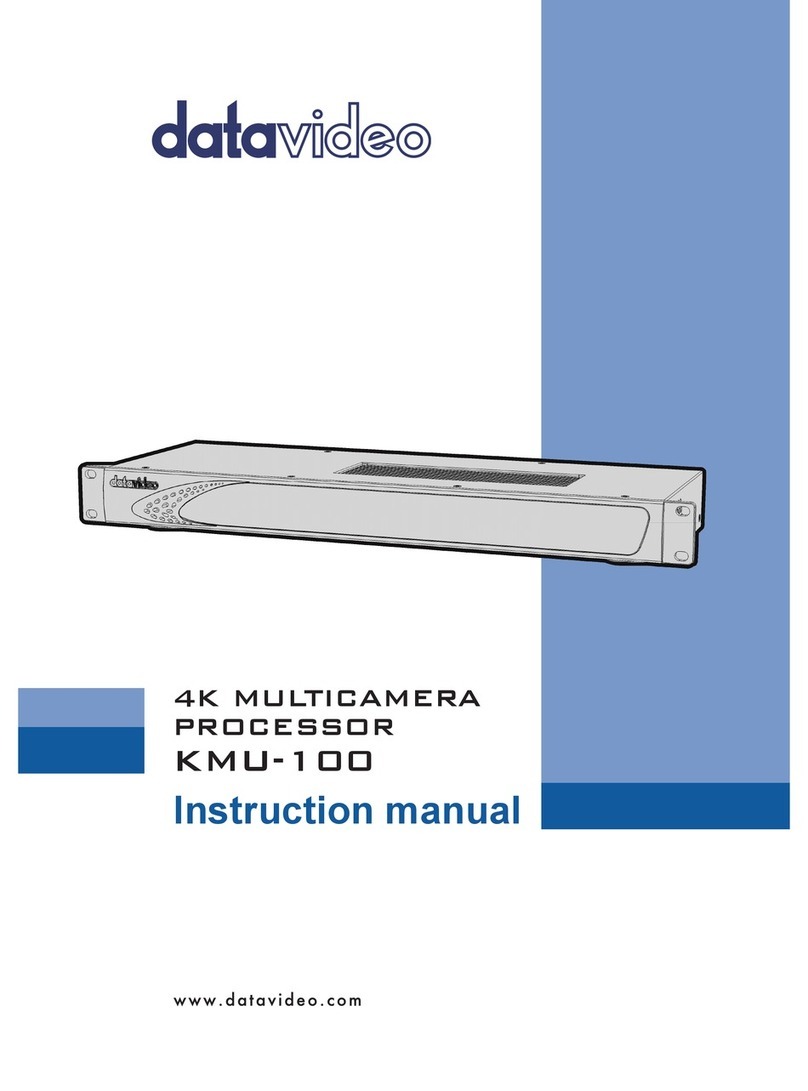
Data Video
Data Video KMU-100 instruction manual
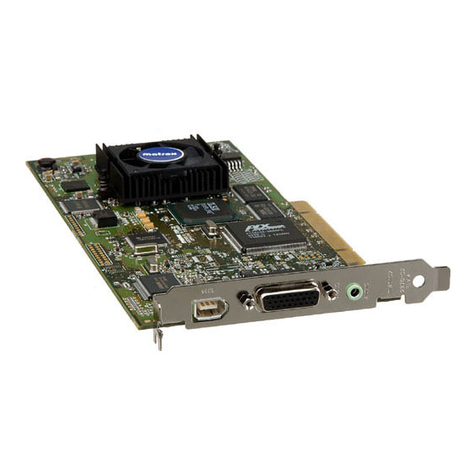
Matrox
Matrox RT.X100 Xtreme Installation and user guide

Enterasys
Enterasys RoamAbout RBTBG-AW Installations and specifications
